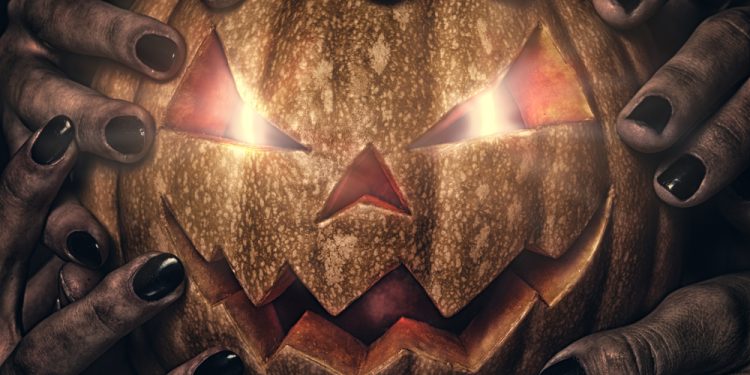
Mischief Night
Mischief Night, also known as Devil’s Night, Cabbage Night, Devil’s Eve, Goosey Night, and Gate Night, is a holiday celebrated in the United States on October 30th, the day before Halloween. It is a time when children, teens, and young adults engage in pranks and harmless vandalism. Mostly, it is a fun holiday that results in minor annoyances, such as people finding their trees covered in toilet paper. However, there have been instances when pranks or vandalism have gotten out of control, resulting in property damage or loss of life.
History of Mischief Night
About one in four Americans do not have a name for the day before Halloween. For the other three-quarters, it is named Mischief Night in most parts of the country, Devil’s Night in Detroit and the Upper Midwest, Cabbage Night in Vermont and New Hampshire, and in a number of communities, it is known as Devil’s Eve or Goosey Night. However, not many Americans actually know when this holiday first started.
The roots of Mischief Night can be traced back to the late 18th century in Great Britain. It was first mentioned as an incident that occurred at Oxford in 1790; however, the night referred to was not October 30th but the day before May Day. During the 18th and 19th centuries, the day before May Day was known as Mischief Night in Britain and was often accompanied by children playing harmless pranks, such as stealing or switching shop and road signs and overturning tubs of water. During the late 19th century, Mischief Night in Britain often referred to November 4th, otherwise known as Guy Fawkes Day Eve, which was also a day for pranks by young men and women.
When Mischief Night crossed the Atlantic and transformed into the night before Halloween is unclear, but mentions of it began to appear in U.S. newspapers around the 1930s and 1940s. These articles speak of the many pranks done by children and try to distinguish the day from Halloween, which was evolving from a night of tricks into the more wholesome family tradition of dressing up and going door-to-door to ask for candy. In Boston during the late 1930s, one newspaper article spoke of the pranks and rampant vandalism that spread throughout the city on that night, including setting fires, breaking windows, ringing doorbells and then running away, and triggering false alarms.
From around World War II until the late 1970s, Mischief Night was seen mostly as a nuisance that only occasionally required police intervention. However, that changed during the 1980s. During this time in Detroit, it was not a day marked by pranks and minor vandalism but a night marked by violence and arson. By 1984, there were almost a thousand fires in the city, and the amount of arson escalated over the next several years. It got so bad that the media dubbed the night Devil’s Night, and by 1986 a curfew was imposed for anyone under the age of 18. Detroit also had to bring in volunteer fire departments from adjoining communities to help with the arson epidemic, a tradition that continues to this day. Every year, around 40,000 volunteers patrol the streets of Detroit from October 29th through October 31st, looking for vandals and arsonists. Thanks to their efforts, as well as those of the Detroit Police Department, fires have decreased to a more manageable level during this time, and Mischief Night has been renamed in Detroit to Angel’s Night.
Devil’s Night is fictionalized in the 1994 film “The Crow,” in which the protagonist and his fiancée are killed on Devil’s Night. In 2006 and 2013, movies titled “Mischief Night” were released in the United Kingdom and the United States, respectively.
Mischief Night Customs & Traditions
While many communities have begun to reclaim Mischief Night from pranksters and vandals, traditionally the holiday has been marked by various acts of foolishness. On this day, children and young adults have been known to smash pumpkins, soap windows, egg houses and cars, toilet paper houses and trees, and play ding-dong ditch (ring doorbells and run away). However, most communities, as well as this website, encourage people to spend the day with their families, eating candy and watching scary movies.
In Vermont and New Hampshire, it is known as Cabbage Night because cabbages were thrown against people’s houses on this night. This tradition comes from a Scottish tradition in which young girls would pull cabbages to examine them and try to divine who their future husband would be. Once the cabbages had revealed all they could to these young ladies, the only thing left to do with them was to throw them against someone’s door and run away.








